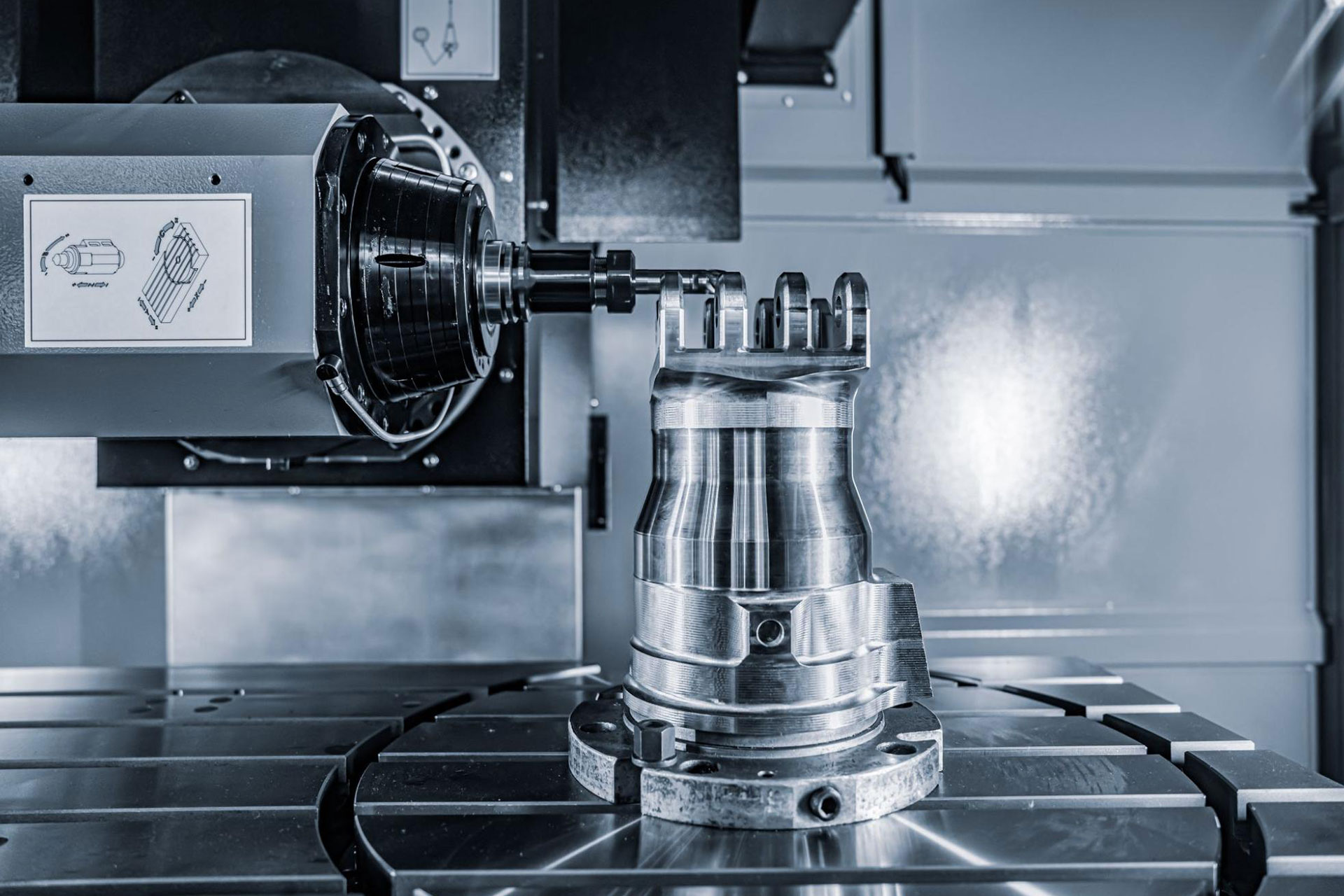How to Choose the Right CNC Lathe for Your Machining Needs

Finding the suitable CNC lathe for your specific needs can be daunting, especially with many options available — each boasting unique features and specifications; it’s easy to feel overwhelmed. Fear not! This guide is here to demystify the process and help you confidently navigate the world of CNC lathes.
Related: What is CNC Lathe? Its Importance and How It Works
Understanding Your Machining Needs
Before diving into the world of CNC lathes, it’s crucial to have a clear understanding of your machining needs. Ask yourself these questions:
1. What Materials Will You Be Working With?
Different CNC lathes are optimized for specific materials. Whether metal, plastic, or wood, ensure the lathe you choose is designed to handle the materials central to your projects.
2. What Sizes and Shapes Do You Require?
Consider the size and shape of the components you’ll be producing. CNC lathes come in various sizes; some are better suited for larger or more intricate pieces. See to it that your chosen lathe aligns with your project requirements.
3. What Level of Precision Do You Need?
Precision is paramount in machining. If your projects demand high accuracy and intricate detailing, opt for a CNC lathe with advanced precision features.
Types of CNC Lathe
Not all CNC lathes are created equal. Let’s break down the main types and their applications:
1. 2-Axis CNC Lathes
These lathes move in two directions, making them suitable for more straightforward, cylindrical parts — ideal for beginners and less complex projects.
2. 3-Axis CNC Lathes
With an additional axis of movement, these lathes offer more versatility. They can handle more complex shapes and are commonly used in various industries.
3. Multi-Spindle CNC Lathes
For high-volume production, multi-spindle lathes allow for simultaneous machining of multiple parts, enhancing efficiency.
4. Swiss CNC Lathes
Designed for precision, these lathes are excellent for small, intricate parts. It is commonly used in industries like watchmaking and electronics.
Key Features to Consider
Now that you have a grasp of the basics let’s explore the essential features to consider when choosing a CNC lathe:
1. Spindle Speed and Power
The spindle speed and power determine how efficiently the lathe can cut through materials. Consider the range and adjustability based on your project requirements.
2. Control System
The control system is the brain of your CNC lathe. Choose a system that aligns with your skill level and the complexity of your projects.
3. Tooling Options
Different lathes accommodate various tool configurations. Ensure the lathe you choose supports the tooling required for your machining tasks.
4. Ease of Maintenance
A reliable CNC lathe should be easy to maintain. Consider the availability of replacement parts and the overall reputation of the manufacturer for customer support.
5. Footprint and Workspace
Consider the physical space available in your workshop. Choose a lathe that fits comfortably and allows for efficient workflow.
Incorporating Technology Trends
CNC lathe manufacturers are integrating cutting-edge features to enhance performance as technology advances. Keep an eye out for:
1. 3D Printing Integration
Some CNC lathes now come with 3D printing capabilities. This can be a game-changer for producing intricate prototypes or adding unique features to your machined parts.
2. IoT Connectivity
Internet of Things or IoT connectivity allows for remote monitoring and data analysis, optimizing efficiency and identifying potential issues before they escalate.
Budget Considerations
While it’s tempting to go for the latest and greatest, aligning your budget with your needs is essential. Consider the initial cost and ongoing expenses, such as maintenance and tooling.
Looking for quality CNC Lathe in the Philippines? Contact us today to learn more about our products!


